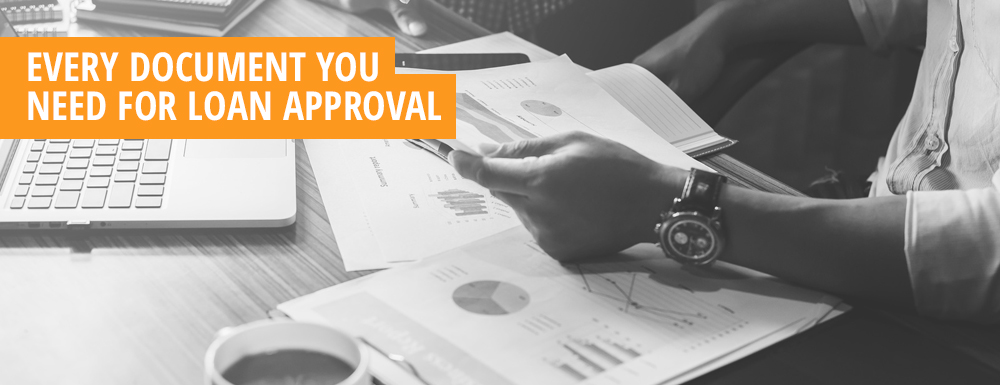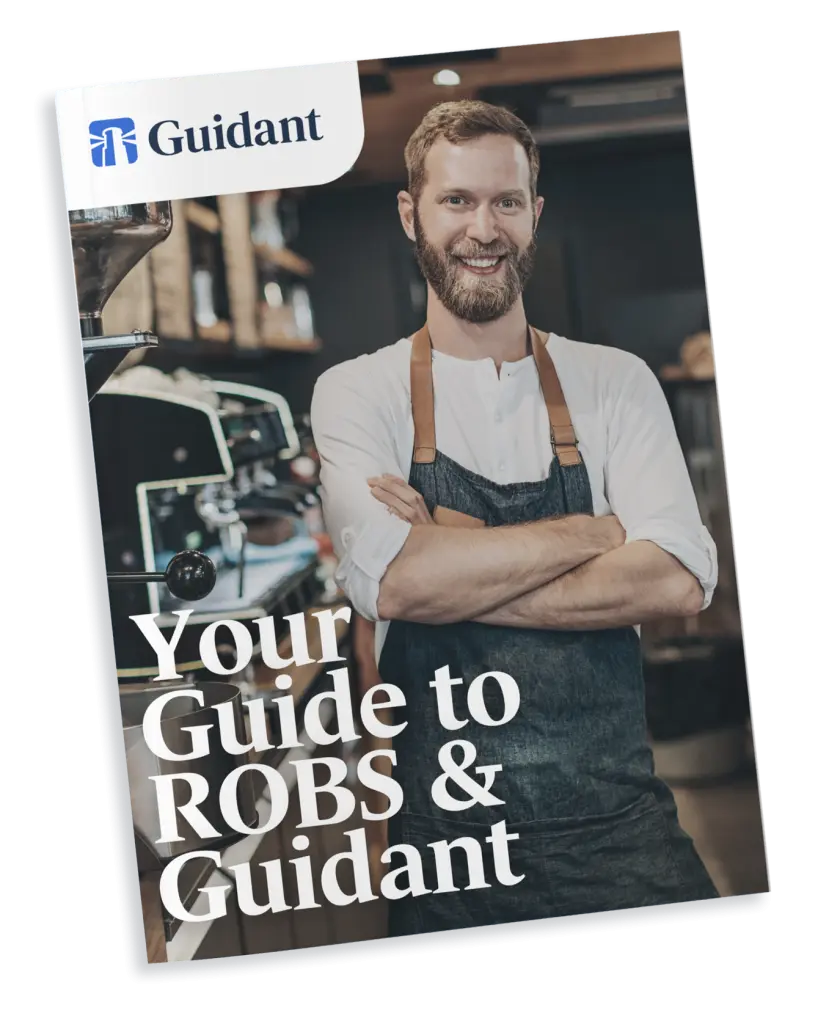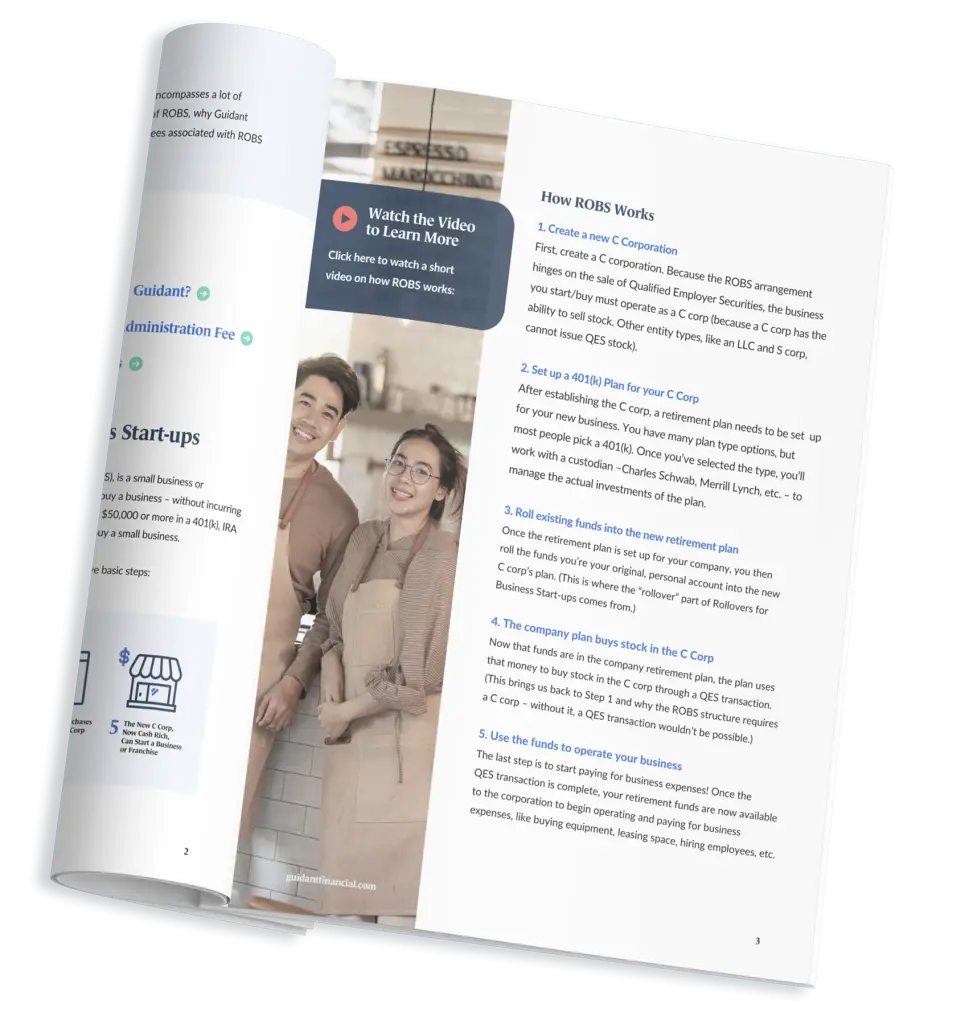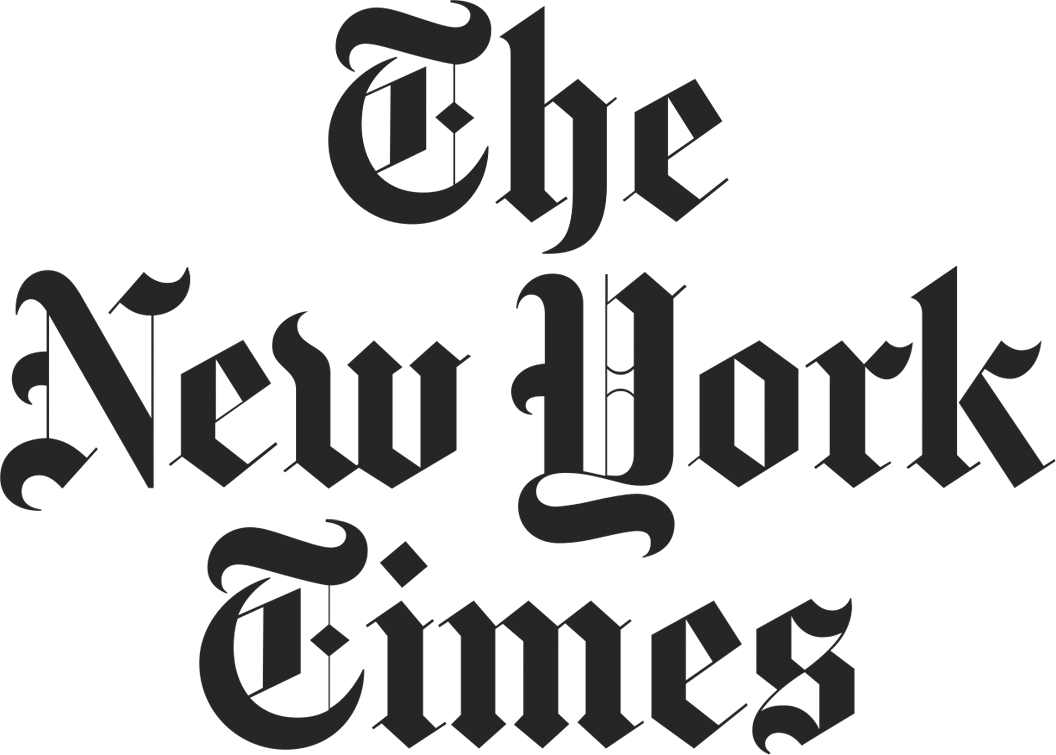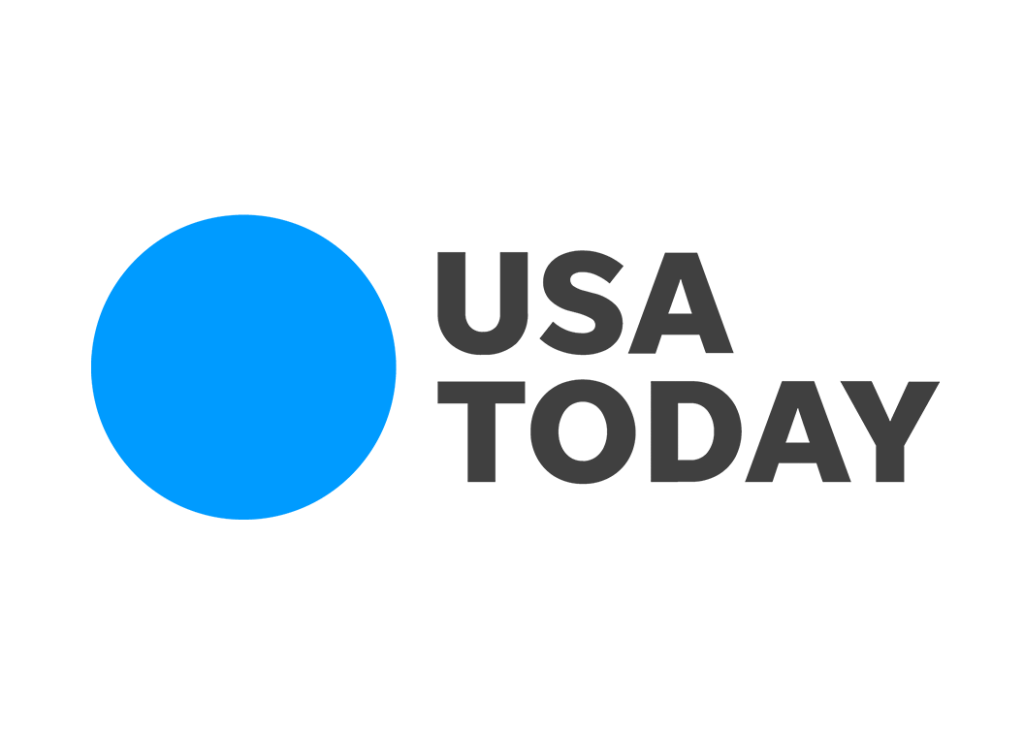If you’re in the market for a business loan, a US Small Business Administration (SBA) loan is one of the most advantageous financial sources for entrepreneurs. The most common loan offered by the SBA is known internally as a 7(a) loan, but because it’s the most widespread and flexible, it’s the one most people mean when they use the term “SBA loan.”
These loans are offered through participating financial institutions such as banks and credit unions but are partially guaranteed by the SBA in case of default. The SBA guarantee allows lenders to offer better terms than standard loans, with lower interest rates and longer repayment periods possible.
Small business owners can borrow for a variety of general business needs, including working capital, machinery and equipment, furniture and fixtures, land and building (including buying a property, renovation, and new construction), leasehold improvements, and even debt refinancing, under some conditions.
That said, SBA loans are not always easy to get. Only 15 to 20 percent of SBA loan applications are approved. It helps to have a broad overview of the loan process, a granular understanding of the documentation needed, and a loan packager to take your SBA loan application to a network of lenders.
Our SBA loan document checklist is designed to help you understand what documents you need to compile for a successful application.Note: the COVID-19 pandemic, which began in early 2020, has affected the economy in ways that have caused participating SBA loan lenders to adjust their own review process. Financial requirements were always stringent, but they are now even more so, particularly in heavily affected sectors such as restaurants. While the economic impact of COVID will eventually abate, it will likely continue to exert an influence over the next year or so.
To maximize your chances of SBA loan success, we provide an overview of the process below, followed by a specific checklist of the documents needed.
SBA Loans: An Overview
While SBA loans are more advantageous than standard business loans, they have many of the same overall requirements. All financial institutions want to see lenders who possess what lenders often refer to as “the 5 C’s,” which are:
- Sufficient capital for a robust down payment of (up to 30 percent of the purchase price)
- A solid credit score and history
- The financial capacity to pay off the loan
- Strong collateral (either business or personal assets to guarantee the loan)
- Strong character, including past business experience
As with any loan, you will need to develop and compile the required documentation to demonstrate the 5 C’s, select a lender, go through the underwriting process and complete a closing checklist before receiving funding.
The Impact of COVID on the 5 C’s
While the 5 C’s are always important, the COVID pandemic has caused lenders to double down on those requirements. Pre-COVID, for example, it might have been possible to receive an SBA loan with 20 percent down or even 15 percent. Now, you will very likely need 20 percent or 30 percent down to receive approval. Lenders will often require that you still have sufficient cash reserves in your accounts after the down payment, of roughly 10 percent of the total project cost.Note: If you’re launching a startup, lenders will look for a recurring income from an outside source. Cash flow and profit projections from a startup alone generally won’t be enough to qualify. Similarly, collateral has always been a strong qualifier, but it’s even more important in the post-COVID universe. Lenders are likely to review your real estate ownership. Borrowers who own real estate as collateral are more likely to receive approval than those who do not.
In the pre-COVID area, character requirements included business experience. Now, however, the requirements may be more stringent, especially in business sectors affected by the pandemic. Successful applicants in the restaurant, hospitality, and fitness sectors, for example, will need a borrower who has already worked in the space.
Get Help with Your SBA Loan Application
The SBA Checklist
The checklist below comprises a full loan package. Once it is complete, you’ll be ready to submit your SBA loan.
Borrower Information Form
To start, you’ll need to complete SBA Form 1919. If required, all your business associates must also complete the form so that it includes all people who own 20 percent or more of the business. You’ll also include all officers and directors, managing members, any person managing the day-to-day operations, and any other person who may be guaranteeing the loan.
Personal Background and Financial Statement
To assess your eligibility, the SBA may also require the following forms:
- Statement of Personal History – SBA Form 912 (if required after completing Form 1919)
- Personal Financial Statement – SBA Form 413 (not required, but available for lenders to use)
Business Financial Statements
The following statements must be included to support your application and to demonstrate your ability to repay a loan.
- Year-End Profit and Loss (P & L) Statement for the last three years
- Year-End Balance Sheet for the last three years, including a detailed debt schedule
- Reconciliation of Net Worth
- Interim Balance Sheet
- Interim Profit & Loss Statements
- Projected Financial Statements (including month to month cash flow estimates, for a minimum of one year)
Business Certificate/License
Small business owners will need to be able to provide the original business license or certificate of doing business upon closing.
If your business is already a corporation, stamp the corporate seal on the SBA loan application form. You need to have this information readily at hand for the lender.
Loan Application History
Include records of any loans you’ve applied for.
Income Tax Returns
Your business’s signed federal income tax returns for the previous three years must be included.
Resumes
Personal resumes for each principal need to be included.
Business Overview and History
Provide a business plan with a history of your business and its challenges. Include an explanation of why an SBA loan is needed and how it will help the business.
Business Lease
A copy of your business lease or landlord note providing the proposed lease terms needs to be included.
If you’re purchasing an existing business, you’ll need to provide these additional documents.
- Current balance sheet and P&L statement of business to be purchased
- Previous three years’ federal income tax returns of the business to be purchased
- Proposed Bill of Sale including Terms of Sale
- Asking price with a schedule of inventory, machinery, equipment, furniture, and fixtures
- Any franchise, job, or licensing agreements
- Proof of equity injection
Additional SBA forms may be required based on the specific use of proceeds or fees paid by the applicant to a loans package, broker, or agent
Impact of COVID on Loan Documents Required
In addition to affecting the 5 C’s, COVID-19 has also affected the documentation required. Lenders require a more thorough business plan when reviewing new applications.
A COVID-19 section is now required to detail your plans for dealing with the pandemic. Lenders are highly likely to review COVID trends in your specific market. They will likely base their lending decision at least in part on when your business segment or region will return to “normal” and/or the likelihood of avoiding shutdowns.
Loan underwriters also are likely to review your projects for anticipated stress more today than pre-COVID. They may, for instance, look at scenarios such as “what if this business needs to operate at 50 percent capacity?” “What if they cannot operate with any clients inside at all?” If these questions affect your business or region, be sure to address these potential questions.
In short, COVID-19 has made lenders more conscious of security for their loans. They are looking for “safe” loans with absolutely minimal risk of default, with highly qualified borrowers targeting a region and an industry likely to be resilient in the face of COVID.
Guidant Partners with You for Loan Success
Applying for an SBA loan by yourself can feel overwhelming and takes a significant amount of time and effort. But with our loan packaging services, Guidant makes it easy for qualified borrowers to get an SBA loan.
As you’ve likely already realized by now, SBA loan applications are complicated. That’s why we provide a thorough and comprehensive analysis to make sure everything is right before you apply, giving you the best chance of success. With us, you’ll also reach our extensive network of lenders with just one application – and get the perfect loan fit thanks to a competitive advantage.
Ready to get started? Schedule time or give us a call today at 888-472-445

